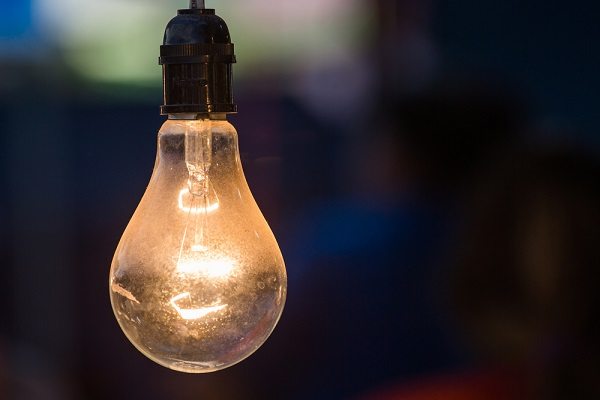
Back in 2007, U.S. President George W. Bush signed a bill into law banning the use of certain types of energy-inefficient light bulbs. The bill, known as The Energy Independence and Security Act, outlined restrictions against using incandescent light bulbs that do not meet the efficiency standards of the legislation and called for the elimination of their use. As of today, most 100 watt, 75 watt, 60 watt and 40 watt standard use incandescent lamps have been phased out.
Not only did the act ban inefficient bulbs, but it seeks to improve the performance of “General Service” lamps. General Service lamps typically have a medium screw base and a lumen range between 310 and 2600. A lumen is a unit of measurement used to describe the amount of visible light a single source gives off. These lamps operate between 110 and 130 volts.
Why was the ban introduced?
The poor efficiency of these incandescent bulbs inspired the EISA legislation. According to GreenCreative, these bulbs waste 90 percent of their light-producing energy on heat. This dramatically increases electricity bills for users and has a negative impact on the environment. For instance, a GreenCreative 6 W LED light bulb emits 83 lumens per watt, whereas a 40 W incandescent bulb only gives off 12 to 14 lumens per watt.
What alternatives should consumers use?
More energy efficient bulbs have been introduced since the ban was signed in 2007, providing consumers with many new lighting options for their homes and businesses. LED lights are some of the most popular alternatives to incandescent bulbs today. Not only do they cost less to operate, they last longer and require less upkeep. LED bulbs can last up to 10 years and add minimal costs to an annual utility bill.
While some consumers worry that LED bulbs are priced higher than incandescent, it’s worth noting that aside from saving money in the long run, prices for LED bulbs have declined drastically as they gain popularity and manufacturing has increased. In fact, Navigant Research’s report, LED Lighting: Global Outlook, anticipates global shipments of LED bulbs to increase from 864 million in 2015 to 4.1 billion over the next decade.
There are LED and compact florescent lamps that can be used with dimmers as well, which was a concern to some consumers. Live Science encouraged those households with dimmers to be sure their systems are equipped to handle high efficiency light bulbs. CFL bulbs use approximately 75 percent less energy than their incandescent counterparts.
To improve the environment, decrease the amount it costs to light a home and contribute to the U.S.’s position in the global effort to increase energy efficiency, consumers should look into LED lighting.